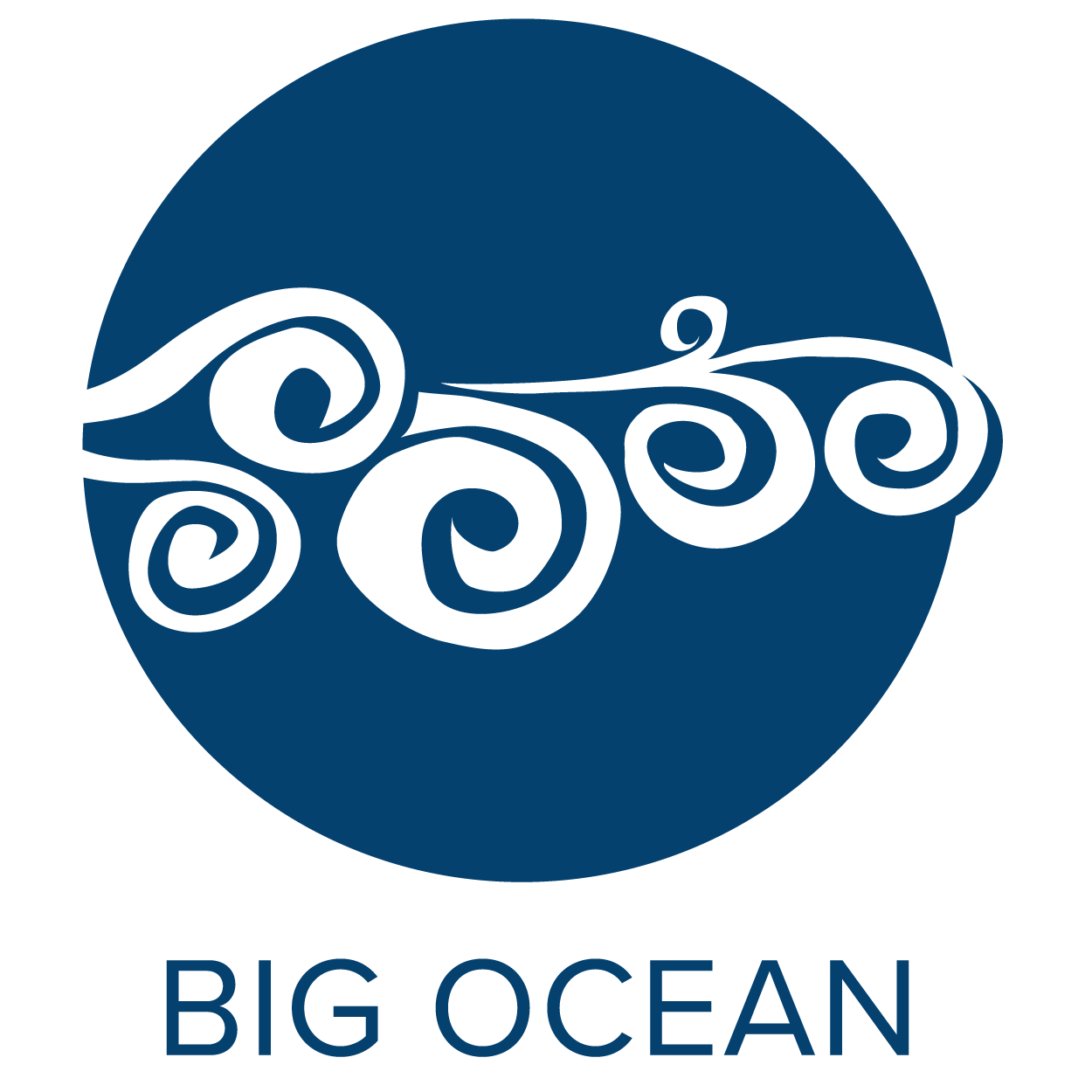
Big Ocean has 22 member sites representing 10 countries. Collectively, these large-scale MPAs cover more than 11 million square kilometers of ocean. The sites range from the 146,000-km2 Argo-Rowley Terrace Commonwealth Marine Reserve (Australia) to the 1.9 million-km2 Marae Moana Marine Park in the Cook Islands.
The network aims to improve marine management at-scale globally, thus, sites and managers do not need to be members to engage with or benefit from Big Ocean’s work. For more information about membership visit our Participate page.
Our current member sites are listed below. To learn about each site, and view image galleries, click on the site name.
Great Barrier Reef Marine Park Authority (Australia)
Papahānaumokuākea Marine National Monument and World Heritage Site (USA)
Phoenix Islands Protected Area and World Heritage Site (Republic of Kiribati)
Chagos MPA
Marae Moana–Cook Islands Marine Park (Cook Islands)
Le parc naturel de la mer de Corail–Natural Park of the Coral Sea (New Caledonia / France)
Argo-Rowley Terrace Marine Park (Australia)
Coral Sea Marine Park (Australia)
Macquarie Island Marine Park (Australia)
Norfolk Marine Park (Australia)
South-west Corner Marine Park (Australia)
Palau National Marine Sanctuary (Palau)
Te Tai Nui A Hau (Marquesas, French Polynesia)
Ascension Island Marie Protected Area (United Kingdom)
Area Marina Protegida de Multiples Usos Rapa Nui (Chile)
Parque Marino Juan Fernandez (Chile)
Cocos (Keeling) Islands Marine Park (Australia)
Christmas Island Marine Park (Australia)
Collaborators

The Blue Nature Alliance (Alliance) is an ambitious global partnership that collaborates with governments, NGOs, Indigenous peoples, and scientists to advance effective large-scale ocean conservation. The goal is to catalyze the conservation of 18 million square kilometers of ocean over five years. The core aim is to advance Ocean Conservation Areas, inclusive of Marine Protected Areas, Other Effective Area-based Conservation Measures, Indigenous Protected Areas, and other innovative place-based interventions designed to achieve biodiversity conservation outcomes. A significant, but not exclusive, focus of the Alliance will be on Large Scale Marine Protected Areas.
Multiple individuals and several of the partners in the Alliance have been long-standing supporters of Big Ocean. The network is excited to support the elements of this collaboration that focus on large ocean initiatives and best-practice management.
The last wild places that Pristine Seas seeks to help protect are unique ecosystems that offer a window into the past, revealing what the ocean looked like before overfishing and pollution took their toll. It is essential that we let the world know that these places exist, that they are threatened, and that help is needed to protect them. Over the last twelve years, Pristine Seas has carried out expeditions in 31 places, 23 of which have since been protected, covering a total area of more than 6 million square kilometers — more a twice the size of India. Pristine Seas publishes its data, insights, and findings in renowned scientific journals in order to share their research findings and support other preservation projects.
Pristine Seas Chief Scientist, Alan Friedlander, has been a part of the Big Ocean family since its inception in 2010.
In 2014, a team of social scientists at Colorado State University, Duke University, and University of Guelph initiated an ambitious research and outreach project to generate and share new knowledge about the human dimensions of large MPAs. The goal is to advance understanding of the emergence, form, and function of large MPAs as a governance tool and, ultimately, to inform decision-making and debates regarding large MPAs within case study sites and globally. This website is one way of sharing information about our project.
The project’s principals have been vital partners in Big Ocean’s efforts to prioritize Human Dimensions within Large-Scale marine management since the 2016 “Think Tank” where they were instrumental in helping to support the emerging community of practice.
The National Marine Protected Areas Center turned 20 in 2020! To learn more, view this story and video. To learn more about MPAs and the work of the MPA Center visit their new storymap.
The National Marine Protected Areas Center was established in 2000 to strengthen and connect the nation's marine protected areas, as called for in Executive Order 13158. The MPA Center is a partnership between NOAA and the Department of the Interior to serve as a resource to all federal, state, territorial, and tribal programs responsible for the health of the nation's oceans. It is located within NOAA's Office of National Marine Sanctuaries.
As Big Ocean was the brainchild of ʻAulani Wilhelm during her tenure as Superintendent of Papahānaumokuākea, NOAAʻs MPA Center was a critical resource for domestic and international relationship building, and in raising awareness for marine protection at scale.
Partners

Our Champions
The network is grateful for contributions by member sites and donations from individuals and organizations but the ongoing coordination and administration of Big Ocean is made possible through the support of partners: Conservation International, the US National Oceanic and Atmospheric Administration, The Ocean Foundation, and Blue Nature Alliance.
LONG-TERM SUPPORT & PARTNERSHIPS
As Big Ocean remains the only peer-learning network dedicated to improving the design and on-the-ground management of Large-Scale MPAs, the network is seeking additional resources and support in order to develop and implement research projects and capacity-building activities for the long term. If you or your organization or company is interested in becoming a sponsoring partner or contributing in another way, please contact us.





